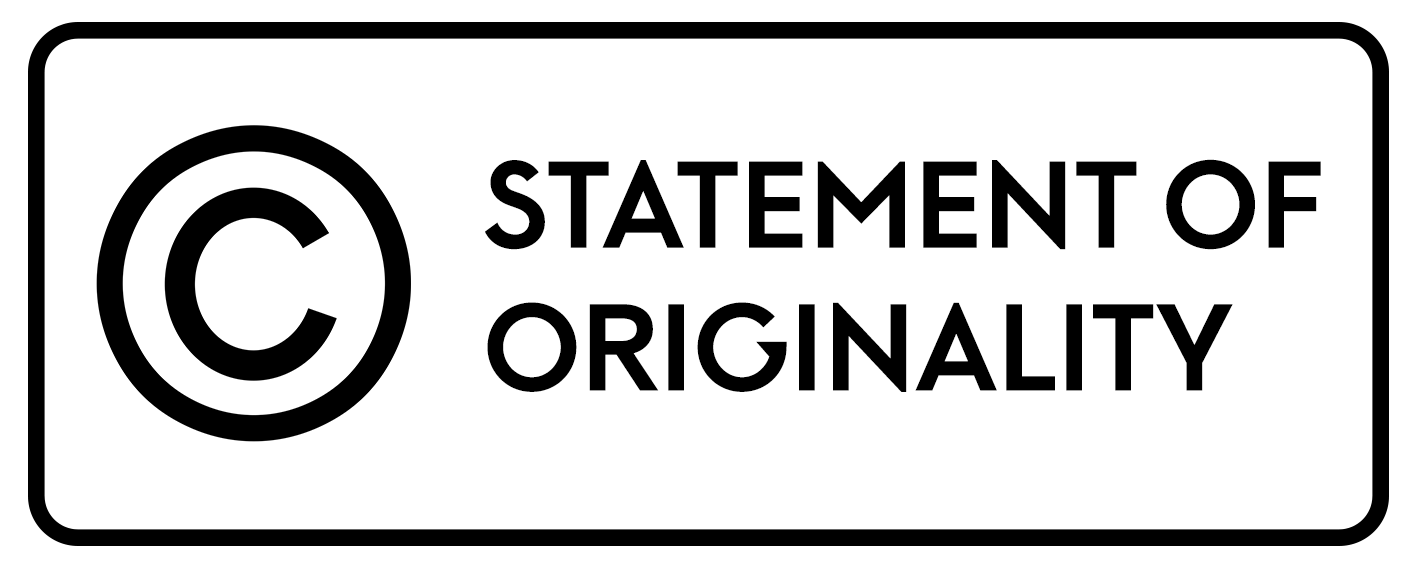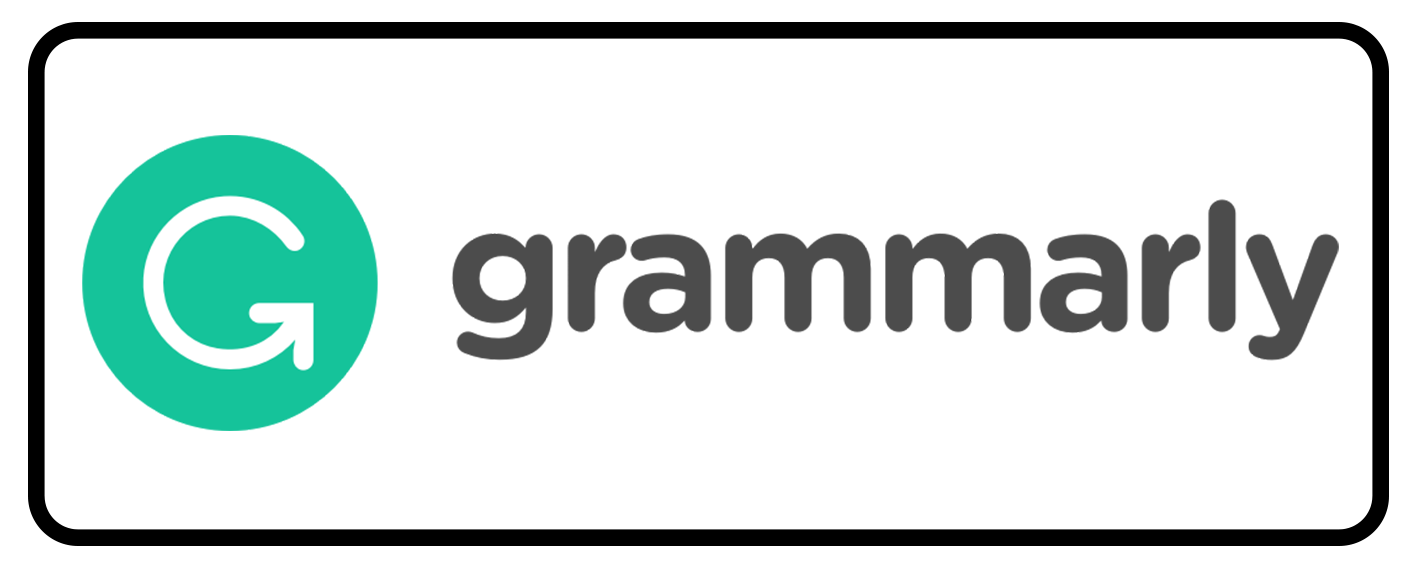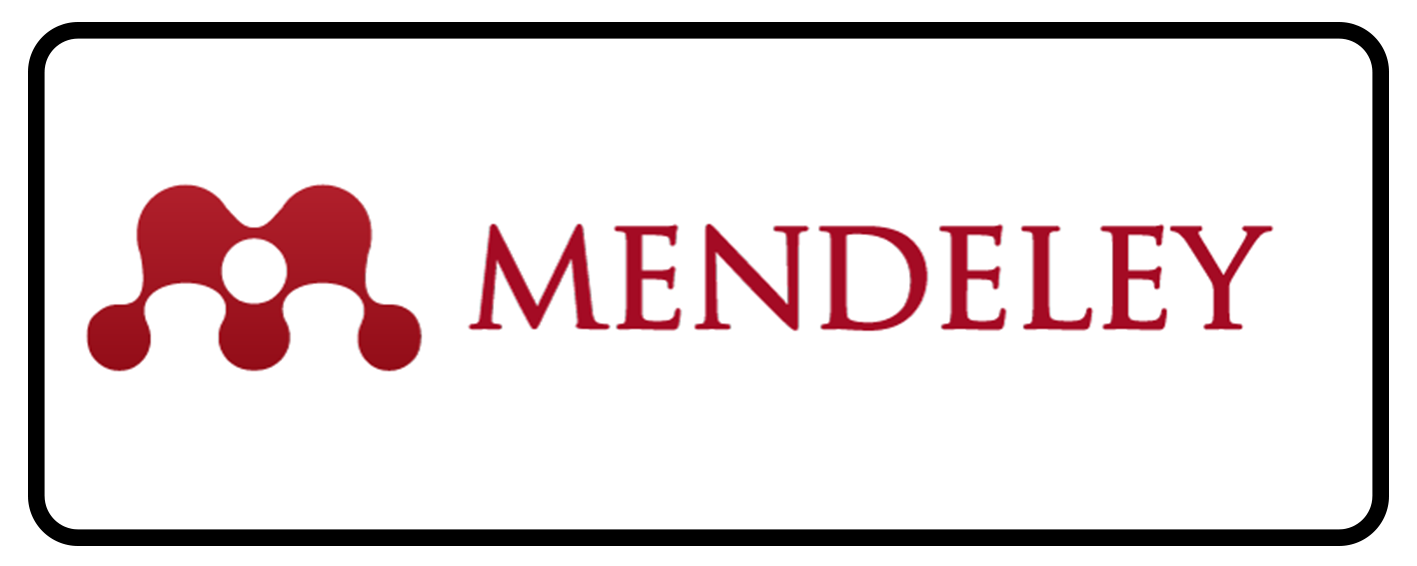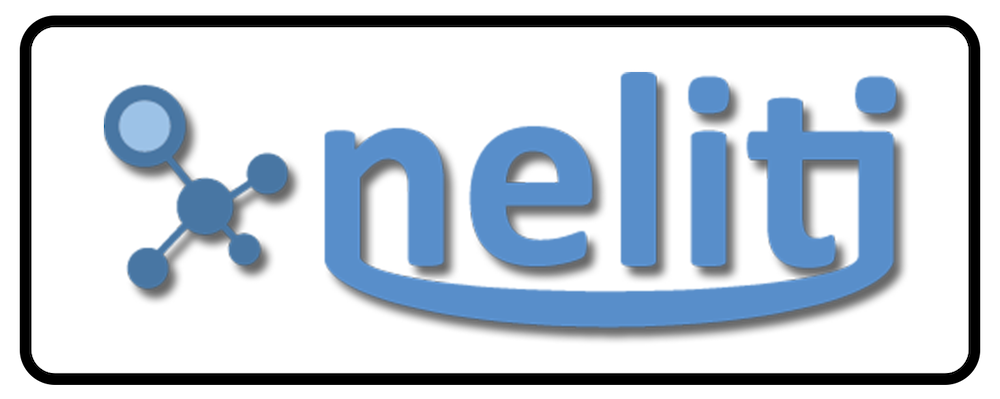INVESTIGATING THE TYPES OF CODE SWITCHING IN LANGUAGE TEACHING INSTRUCTION IN EFL CLASS OF SMA I NEGERI SAMARINDA
Abstract
Not only as a language interference, code switching was able to be used as one of language teaching strategy. This study investigated the types of code switching used by a teacher in language teaching instruction in EFL class of SMA I Negeri Samarinda. As a case study, an English teacher and third grade students of SMA I Negeri Samarinda were the subjects of this study. The data in the form of utterances between a teacher and her students were collected by taping and recording the natural interaction using video cameras and a voice recording. After transcribed and analyzed the data, this study revealed that a teacher practiced five types of code switching in her language teaching practices, they are (1) inter-sentential code switching, which involves a word within a sentence, a verb phrase, a question tag, and an adverb phrase; (2) inter-sentential code switching; (3) emblematic code switching; (4) intra-lexical code switching; and (5) changing pronunciation features. This study found also as new kind of intra sentential which involves an adverb phrase.
Keywords
Full Text:
PDFReferences
Auer, P. (Ed.). 1998. Code-Switching in Conversation. Language, Interaction and Identity. London/New York: Routledge.
Bullock, B. E & Toribio, A. J. 2009. The Cambridge Handbook of Linguistic Code Switching. Cambridge: Cambridge University Press.
Crystal, D. 2001. Language and the Internet. Cambridge, UK and NewYork: Cambridge University Press.
Eldridge, J. 1996. “Code-Switching in a Turkish Secondary School.” English Language Teaching Journal. 50 (4), 303–311.
Franceschini, R. 1998. “Code-Switching and the Notion of Code in Linguistics: Proposals for a Dual Focus Model.” In P. Auer (ed.), Code-Switching in Conversation: Language, Interaction and Identity, pp. 51—74. London and New York: Routledge.
Frankel, J. R., & Wallen, N. L. 2003. How to Design and Evaluate Study in Education. (5th ed). Boston: McGrawHill.
Gardner-Chloros, P. 1991. Language Selection and Switching in Strasbourg. Oxford and New York: Oxford University Press.
Gay, L. R, Mills, G. E., & Airasian, P. 2006. Educational Study: Competencies for Analysis and Applications. (8th ed). New Jersey: Pearson Prentice Hall.
Gumperz, J. J. 1982. Discourse Strategies. Cambridge, UK and New York: Cambridge University Press.
Hoffman, C. 1991. An Introduction to Bilingualism. New York: Longman.
Lipski, J. M. 1985. Linguistic Aspects of Spanish-English Language Switching. Tempe, AZ: Center for Latin American Studies, Arizona State University.
McClure, E. 1981. “Formal and Functional Aspects of the Codeswitched Discourse of Bilingual Children.” In R. P. Duran (Ed.), Latino language and Communicative Behavior, pp. 69—94. Norwood, NJ: Ablex.
Miles, M. B. & Huberman, A. M. 1994. Qualitative Data Analysis: An Expanded Sourcebook. California: Sage Publication.
Poplack, S. & Meechan, M. 1998. “How languages fit together in codemixing.” International Journal of Bilingualism 2(2), 127—138.
Poplack, S. 1980. “Sometimes I’ll start a sentence in Spanish Y TERMINO EN ESPAÑOL: toward a typology of code-switching.” Linguistics, 18(7-8), 581—618.
Saville-Troike, M. 1986. The Ethnography of Communication. An Introduction. Oxford: Basil Blackwell.
Sert, O. 2011. The Functions of Code Switching in ELT Classrooms. http://www.iteslj.org/Articles/SertCodeSwitching.html (Retrieved October 20, 2011).
Skiba, R. 1997. “Code-switching as a countenance of language interference.” The Internet TESL Journal. 3(10). http://iteslj.org/Articles/Skiba-CodeSwitching.html
Weinreich, U. 1953. Languages in Contact: Findings and Problems. New York: Linguistics.
DOI: http://dx.doi.org/10.30872/calls.v4i1.1284
Copyright (c) 2018 Desy Rusmawaty

This work is licensed under a Creative Commons Attribution-ShareAlike 4.0 International License.
Editorial address:
Fakultas Ilmu Budaya, Universitas Mulawarman
Address: Jl. Ki Hajar Dewantara, Gunung Kelua, Kec. Samarinda Ulu, Kota Samarinda, Kalimantan Timur, Indonesia 75123
Email: jurnalcalls@fib.unmul.ac.id
Website: http://e-journals.unmul.ac.id/index.php/CALLS

CaLLs: Journal of Culture, Arts, Literature, and Linguistics site is licensed under a Creative Commons Attribution-ShareAlike 4.0 International License
CaLLs: Journal of Culture, Arts, Literature, and Linguistics indexing by:















